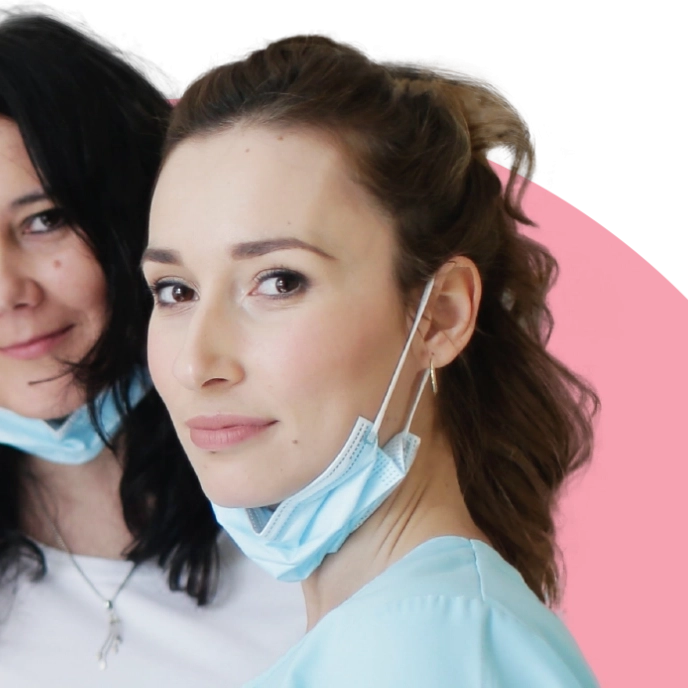Handling Anxious Pets during Grooming: A Comprehensive Guide to Compassionate Care
Welcoming a furry friend into your home comes with the responsibility of providing them with the care they need, and grooming is an integral part of that care routine. However, for pet owners dealing with anxious pets, grooming can be a daunting task. In this detailed guide, we’ll delve into the intricacies of handling anxious pets during grooming, offering insights, tips, and strategies to ensure a stress-free experience for both you and your beloved companion.
Understanding the Language of Anxiety
Behavioral Cues
Pets communicate their emotions primarily through behavior. Recognizing signs such as excessive panting, restlessness, or attempts to hide is crucial in understanding when your pet is experiencing anxiety during grooming.
Long-Term Impact
It’s essential to acknowledge the potential consequences of prolonged grooming-related stress on your pet’s mental and physical health. By addressing anxiety, you contribute to their overall well-being.
Setting the Stage for Calmness
The Importance of Environment
Create a grooming space that exudes tranquility. Minimize loud noises, use calming scents, and play soft music to establish a soothing atmosphere. A calm environment sets the stage for a more relaxed grooming experience.
Gradual Introduction to Grooming Tools
Ease your pet into the grooming routine by gradually introducing them to grooming tools. Allow them to sniff, touch, and explore each tool, associating positive experiences with these items.
Techniques for Gentle Handling
Slow and Steady Movements
Grooming requires a delicate touch. Employ slow and steady movements to prevent startling your pet. This not only reduces anxiety but also builds trust over time.
Recognizing Sensitive Areas
Understanding your pet’s sensitive areas is crucial. Be mindful of spots that may cause discomfort, and adjust your grooming approach accordingly. This consideration contributes to a more comfortable experience.
The Power of Patience and Positive Reinforcement
Patience as a Virtue
Dealing with anxious pets demands patience. Allow your pet the time they need to acclimate to the grooming process, avoiding rushing, which may escalate their anxiety.
Positive Reinforcement Techniques
Incorporate positive reinforcement by offering treats and verbal praise. Rewarding good behavior creates positive associations with grooming, encouraging a more cooperative attitude.
Seeking Professional Assistance
Professional Groomers
If handling your pet’s anxiety becomes overwhelming, seek assistance from professional groomers. They possess the expertise to handle anxious pets and can provide valuable insights and techniques.
Home Training Strategies
While professional help is beneficial, implementing training exercises at home can complement the grooming process. Consistency and positive reinforcement are key components of successful home training.
Perfect Timing for Optimal Results
Choosing the Right Time
Consider your pet’s natural rhythms when scheduling grooming sessions. Choose times when they are more likely to be relaxed, such as after play or exercise, for a more positive experience.
Aligning with Energy Levels
Understanding your pet’s energy levels is essential. Align grooming sessions with their energy peaks for better cooperation and reduced anxiety.
The Beauty of Regularity
Establishing a Grooming Routine
Consistency is the cornerstone of successful grooming. Establishing a regular grooming routine not only reduces anxiety but also makes the process familiar and less intimidating.
Individual Needs
Tailor your grooming routine to meet your pet’s individual needs. Consider factors such as breed, coat type, and personal preferences to create a personalized and effective grooming plan.
Exploring Specialized Products
Calming Sprays and Shampoos
Explore the world of specialized grooming products designed for anxious pets. Calming sprays, shampoos, and grooming tools with soothing properties can significantly contribute to stress reduction.
Gradual Introduction to Products
Introduce new grooming products gradually. Allow your pet to become accustomed to scents and textures, ensuring they associate these products with positive experiences.
Decoding Pet Body Language
Non-Verbal Communication
Pets communicate through body language. Learn to interpret signals of discomfort, stress, or relaxation. Adjust your grooming techniques based on these cues for a more tailored approach.
Building Trust Through Communication
Effective communication builds trust. Speak to your pet in a calm and reassuring tone during grooming, reinforcing the positive connection between you and the process.
Creating Positive Associations
Treats and Rewards
Use treats and rewards liberally during grooming sessions. Positive reinforcement establishes a link between good behavior and pleasant outcomes, fostering a positive attitude toward grooming.
Play and Affection
Incorporate play and affection into grooming. Take short breaks for a quick play session or offer cuddles to reinforce the idea that grooming is a positive and enjoyable experience.
Trust-Building Strategies
Gradual Trust Building
Building trust is a gradual process. Begin with small, non-intrusive grooming tasks and gradually progress to more involved procedures, allowing your pet to acclimate at their own pace.
Consistency in Interactions
Consistency in your interactions fosters trust. Be consistent in your approach, creating a predictable and reassuring grooming environment for your pet.
Overcoming Specific Challenges
Tailoring Approaches
Addressing specific challenges requires a tailored approach. Whether it’s addressing fear of certain tools or handling sensitive areas, tailor your grooming techniques to overcome individual challenges.
Professional Behavioral Consultation
In challenging situations, consider consulting with a professional behavioral specialist. They can provide targeted strategies to address specific behavioral issues, ensuring a positive grooming experience.
Conclusion: A Harmonious Grooming Journey
In conclusion, handling anxious pets during grooming requires a multifaceted approach centered on understanding, patience, and positive reinforcement. By creating a calm environment, employing gentle handling techniques, and building trust, you pave the way for a harmonious grooming journey that enhances your pet’s well-being.
FAQs
1. How can I tell if my pet is anxious during grooming?
Look for signs such as panting, trembling, or attempts to escape. These behaviors indicate stress in pets.
2. Are there specific grooming products for anxious pets?
Yes, there are specialized products like calming sprays and shampoos designed to ease anxiety during grooming.
3. Can I groom my anxious pet at home, or should I seek professional help?
Both options are viable. Professional groomers can provide assistance, but with patience and positive reinforcement, grooming at home is achievable.
4. What should I do if my pet becomes aggressive during grooming?
If aggression occurs, pause the grooming session and consult with a professional for guidance on addressing behavioral issues.
5. How often should I groom my pet to prevent anxiety?
Regular grooming sessions help familiarize pets with the process, reducing anxiety. The frequency depends on the pet’s breed and individual needs.











